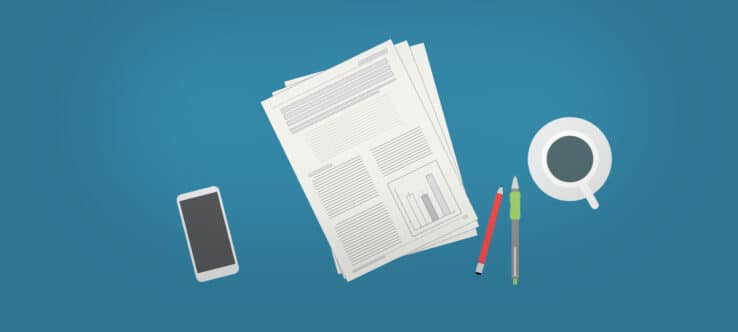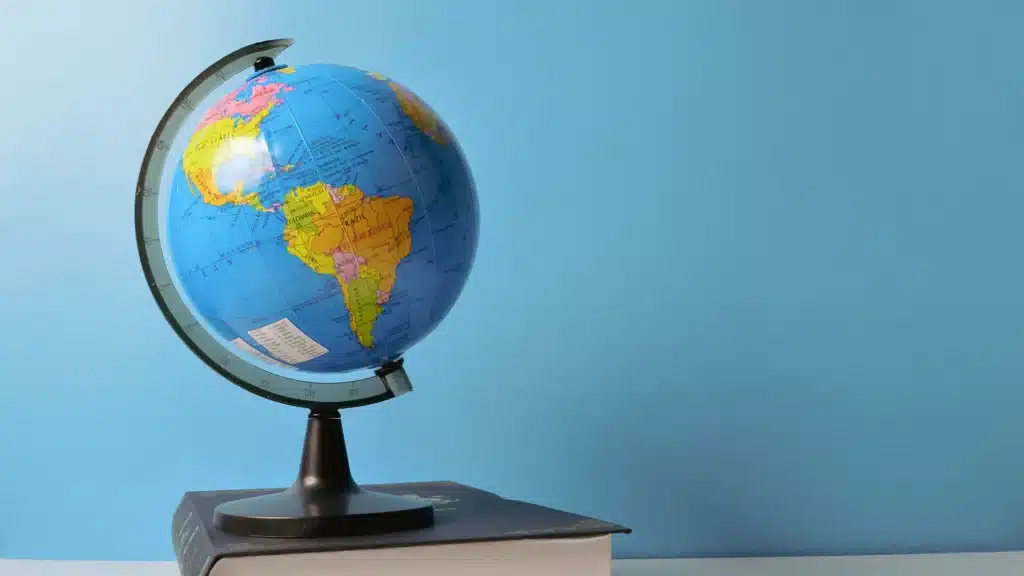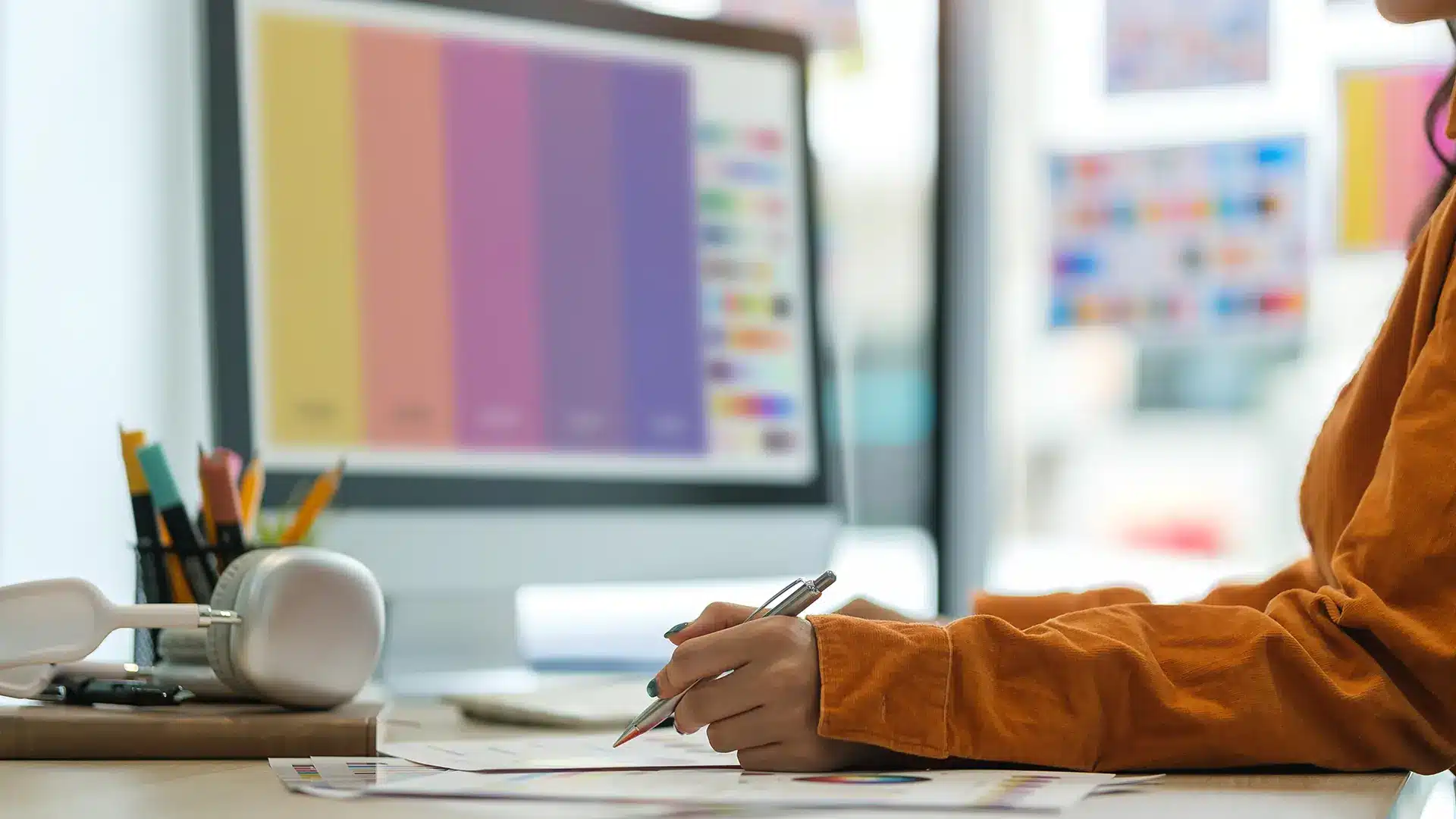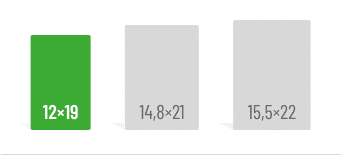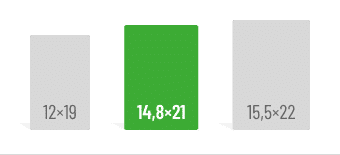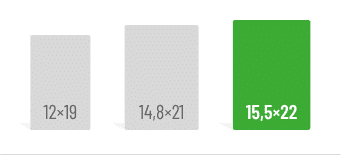First things first:
- Figures and tables must be referenced.
- Figures and tables must be numbered separately and listed in a separate list.
- Use automatic lists of figures and sources.
Figures include graphics, diagrams, schematics or photos. In a scientific paper, these serve to supplement the content of the paper and make complex issues clearer. If you want to use illustrations in your term paper, bachelor’s or master’s thesis, you should always cite the sources from which you have taken the illustrations. This is because, like all third-party sources, images are subject to copyright law, which protects your own work from unlawful use by third parties. The image source indicates where the copyright for the image lies. It also makes it clear where the image comes from and thus enables the scientific verifiability of your results. It is therefore important that you cite each image source correctly. These can be internet sources, scientific articles, but also license-free image databases. Make sure that you provide all the necessary information, such as the name of the photographer and the correct image platform, even for license-free images. To ensure that the images are easy to read, they should also have a high graphic quality (e.g. in terms of image and text size, color differentiation, etc.).
Structure of an image source
The complete source citation of images includes:
- the reference source directly below the image,
- the complete reference in the bibliography,
- the reference to the illustration in the text, and
- a list of figures.
All figures that you use in your academic paper should be numbered and provided with short and concise descriptions. Immediately after the description is the source citation. This consists of the following information: author, year and page number. For internet sources, you should also include the deep link. The reference can either be placed below the description in a new line or in brackets directly after the description. The figure description and the source citation are usually left-aligned and formatted in a smaller font size than the text of the paper. For example, if you have written your text in font size 12, the caption can be formatted slightly smaller in font size 10. Below we show you two examples of image sources:
Example 1: Figure from a scientific publication
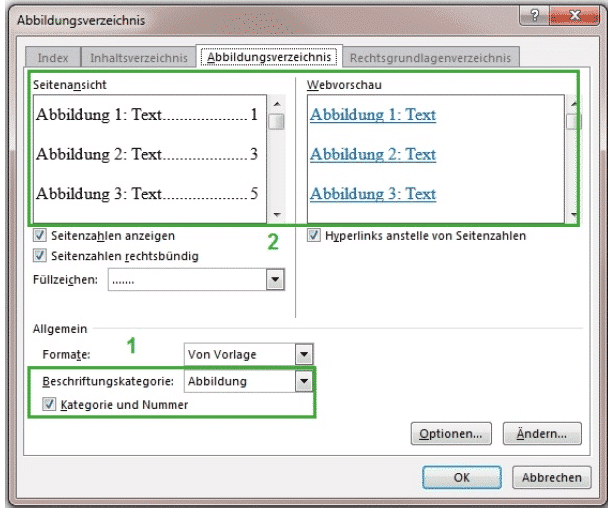
Example 2: Figure from an internet source
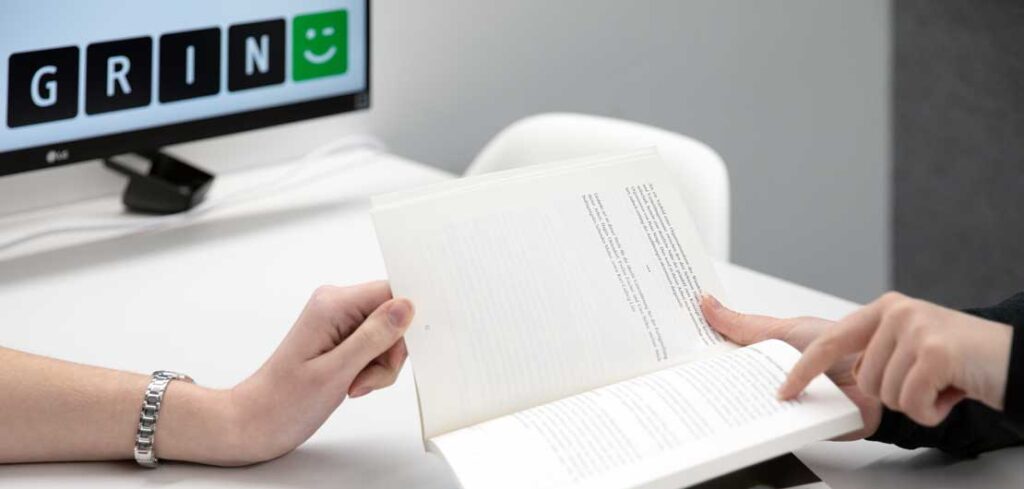
Referring to illustrations in your text
Illustrations never stand alone in a text – they are often the object of investigation or underline the argumentation of the text. This means that you should integrate the illustrations into the text and explain why they are relevant. The notation “(see Figure XY)” or “(cf. Figure XY)” is used for this. It is also possible to label the figures with abbreviations: (see Fig. XY). Whichever you choose, it is important that you use a consistent spelling throughout.
In some cases, it makes sense to move figures to the appendix of the paper after the bibliography instead of listing them in the text. This is particularly helpful if you use a lot of figures and if the figures interrupt the flow of reading too much.
List of figures
Figures are not listed in the bibliography of the scientific paper, but in a list of figures. The purpose of a list of figures is to ensure that all images are organized and can be found via their headings. It is usually placed after the table of contents and before the introduction. It is best to create an automatic list of figures. This allows you to update the page numbers at any time.
Figures and tables
Figures and tables are usually numbered separately and listed in a separate list of figures and a list of tables. In the text, a distinction is then made between “(see figure XY)” or “(see table XY)”, for example. The creation of an automatic list of tables basically works in the same way as with automatic lists of figures.
Citing your own vs. third-party figures
If you use image in your academic work, you have various options: You can copy image 1:1, recreate image or create your own image. Depending on the type of figure you use in your text, the labeling of the figures must be adapted.
If you took an image in its entirety from another source, the illustration must be cited as follows: author, year and page number.
In the case of a modified image, however, the addition “based on” must appear immediately before the source reference. This makes it clear that you have modified the image of another author in some way. The reference then reads as follows: based on author, year, page number.
You should add the following note to illustrations that you have created yourself: Own figure.
